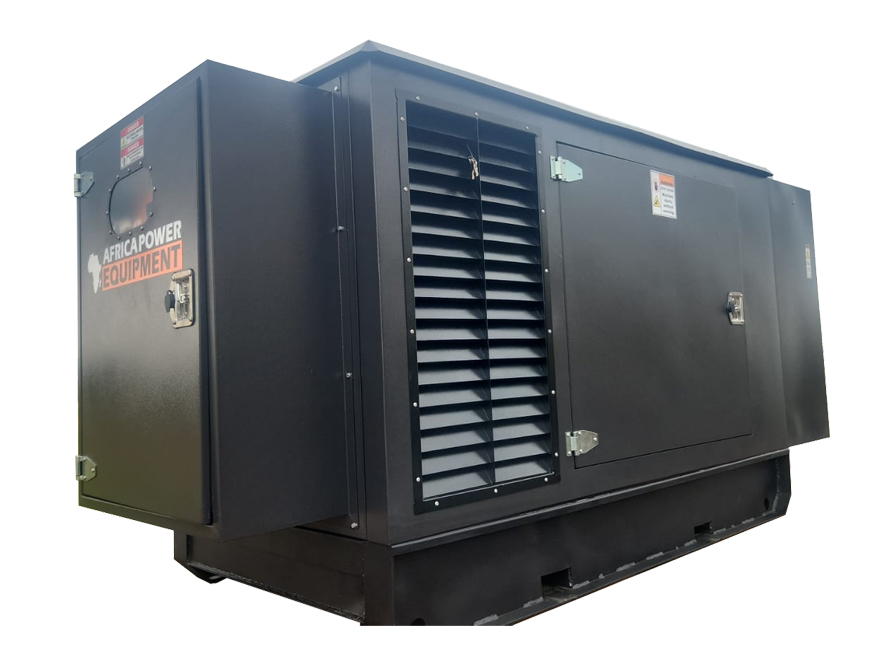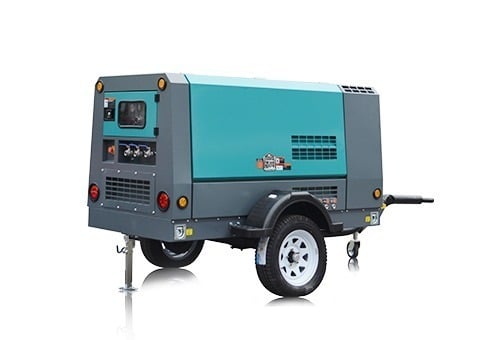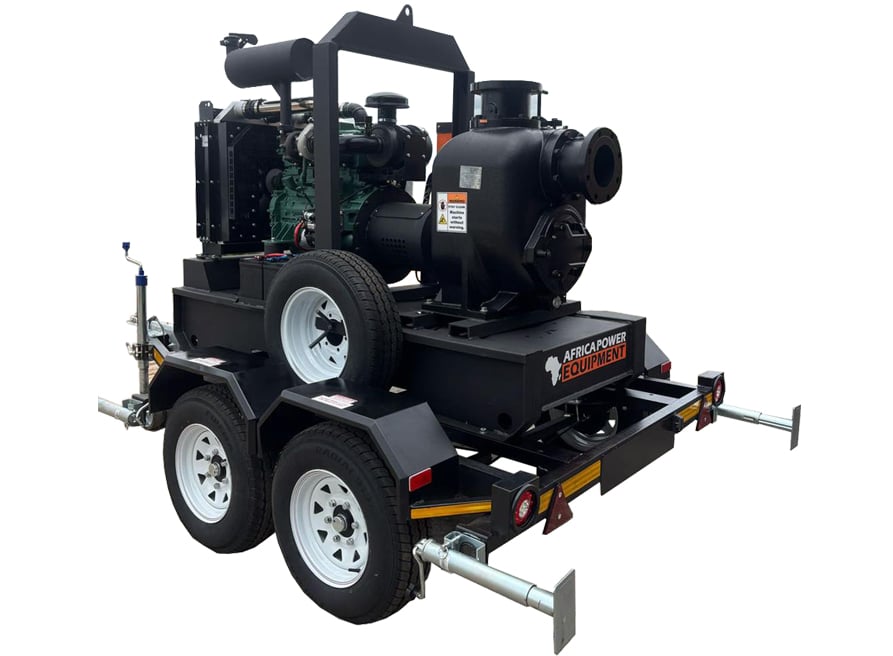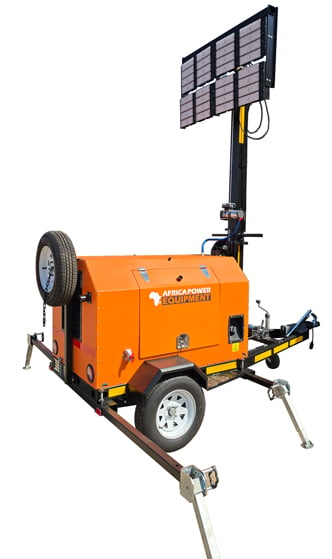How to Correctly Size a Pump for Your Rainwater Harvesting System
Rainwater harvesting is an efficient, sustainable way to supplement your water supply—especially in areas prone to water restrictions or drought. However, to move the collected rainwater from storage to where it’s needed (like irrigation, toilets, or even household use), you’ll need a properly sized pump.
In this guide, we explain how to size a pump for a rainwater harvesting system, ensuring optimal pressure, flow, and energy efficiency.
✅ Quick Answer
To size a pump for a rainwater harvesting system, calculate your required flow rate (litres per minute) and total dynamic head (TDH) based on elevation, pipe friction, and pressure needs. Match the pump’s specifications to these requirements to ensure reliable and efficient performance.
🧮 Step-by-Step Guide to Sizing a Rainwater Pump
1. Determine Your Application
Is the system used for:
-
Irrigation only (sprinklers, drip lines)?
-
Domestic supply (toilets, washing machines)?
-
Full household use (with filtration and pressure boosting)?
Your use case determines the flow rate and pressure you’ll need.
2. Estimate Required Flow Rate (L/min)
A few averages:
-
Garden tap: 10–20 L/min
-
Toilet: 6–9 L per flush
-
Washing machine: ~15 L/min during fill
-
Drip irrigation: 1–4 L/hr per emitter
Example:
For garden irrigation with 4 sprinklers at 12 L/min = 48 L/min total flow required.
3. Calculate Total Dynamic Head (TDH)
This is the total resistance the pump must overcome, calculated as:
TDH = Vertical Lift + Friction Loss + Pressure Requirement
-
Vertical Lift: Distance from the tank water surface to the highest point of discharge (in metres).
-
Friction Loss: Resistance from pipe length, diameter, and fittings. Use a friction loss chart or calculator.
-
Pressure Requirement: Desired pressure at outlet (e.g., 2.5 bar = 25 metres).
Example:
-
Lift = 3m
-
Friction Loss = 7m
-
Pressure = 25m
TDH = 3 + 7 + 25 = 35 metres
⚙️ Choosing the Right Pump Based on TDH and Flow
Most pump specifications show a performance curve that plots flow rate vs. head height.
Match your system’s L/min at TDH to a point within a pump’s optimal range.
🔹 Types of Pumps for Rainwater Harvesting:
| Pump Type | Best For |
|---|---|
| Jet Pump | Short-distance irrigation, basic home use |
| Submersible Pump | Underground tanks, quiet operation |
| Multistage Pump | High-pressure applications, whole-house use |
| Booster System | Constant pressure, domestic + irrigation |
📋 Other Factors to Consider
✅ Suction Limit
Jet pumps typically can’t pull more than 7–8m vertically, so submersible pumps are better for deep tanks.
✅ Dry Run Protection
Prevents damage if the tank runs empty.
✅ Pressure Tank
Helpful for systems with intermittent demand (e.g., toilet flushing or tap use).
✅ Filtration
Use pre-filters and sediment filters to protect the pump from debris in the rainwater.
📊 Sample Pump Sizing Scenario
Use Case: Garden irrigation with 6 sprinklers
-
Flow: 6 x 12 L/min = 72 L/min
-
TDH: 4m lift + 6m friction + 20m pressure = 30m
A multistage centrifugal pump with specs:
-
Max flow: 80 L/min
-
Max head: 45m
would be ideal.
🔗 Internal Linking Opportunities
📌 Conclusion
Sizing a pump for your rainwater harvesting system isn’t one-size-fits-all. You must factor in flow requirements, vertical lift, pipe resistance, and pressure needs. By doing the math upfront, you ensure efficient water delivery, longer pump life, and lower energy costs.
Need help selecting the right pump for your rainwater system?
👉 Explore top-performing rainwater harvesting pumps at www.PowerEquipment.co.za





